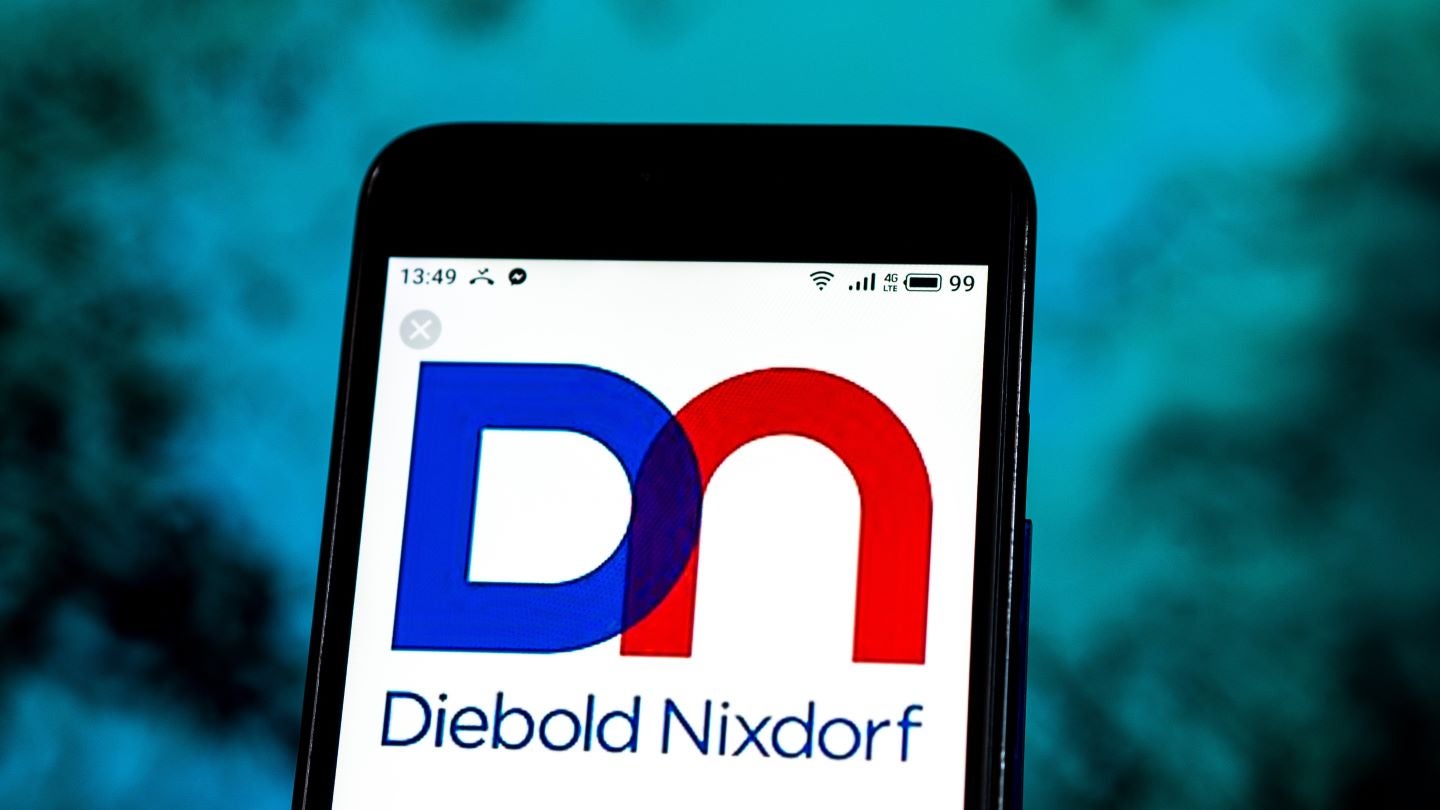
Diebold Nixdorf has joined forces with the European Central Bank’s (ECB) initiative to assess the use cases and functionalities of a digital euro.
The project aims to create a digital currency that would be accepted across the European Union as a complement to traditional payment methods.

Access deeper industry intelligence
Experience unmatched clarity with a single platform that combines unique data, AI, and human expertise.
The company’s role in this project includes integrating its Vynamic Transaction Middleware with the digital euro’s interfaces.
It is designed to facilitate the adoption of a range of payment services by financial institutions, including instant payments and standard card transactions, without the need for modifications to existing backend systems.
The middleware offers a single, cloud-based platform that supports both traditional card payments and digital wallets, streamlining operations across ATMs, point of sale, and e-commerce channels.
Diebold Nixdorf global banking head Joe Myers said: ”We are honoured to support the ECB as an official partner, aiding them in shaping the future of digital payments in Europe. Our goal is to help our banking customers easily offer the digital euro as a new means of payment in the future.

US Tariffs are shifting - will you react or anticipate?
Don’t let policy changes catch you off guard. Stay proactive with real-time data and expert analysis.
By GlobalData“The digital euro represents a significant step forward in the region, and we are proud to contribute resources and technology that will enable banks to deliver modern, flexible payment experiences.”
The ECB’s digital euro initiative has attracted participation from a diverse group of nearly 70 stakeholders, including merchants, fintech companies, start-ups, banks, and payment service providers.
These contributors are tasked with evaluating how a digital euro could function and be utilised within the EU’s financial ecosystem.
Later in the year, the ECB plans to publish a report detailing the outcomes of the research conducted by the participants.







